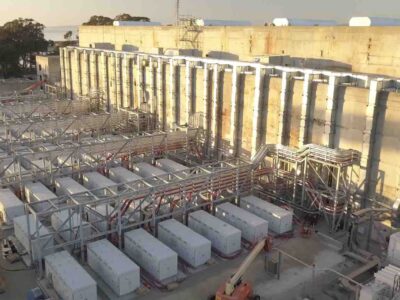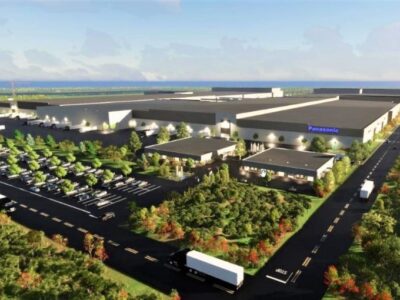Banks and credit card companies are rolling out new sustainability initiatives. Some take the environment into account to produce each card. Bank of America is the first US-headquartered bank to construct its credit and debit cards using 80 percent-or-more recycled plastic. Others link customers’ payments to environmental initiatives: Aspiration plants a tree every time a purchase is made with one of its cards.
‘FutureCard’ sounds reminiscent of these efforts, but it is the first rewards card to give cash back for “smart climate spending.” The Maryland-based company behind FutureCard, Future, has a mission to make climate-smart living possible and beneficial for everyone, with the primary beneficiaries being our planet and our wallets. Because two-thirds of the world’s carbon emissions come from the choices we make in our daily lives, encouraging consumers to take the environment into account when making purchasing decisions is essential. Although it only launched in November, FutureCard already has members in 30 countries and 50 states, making the cumulative impact practically unlimited.
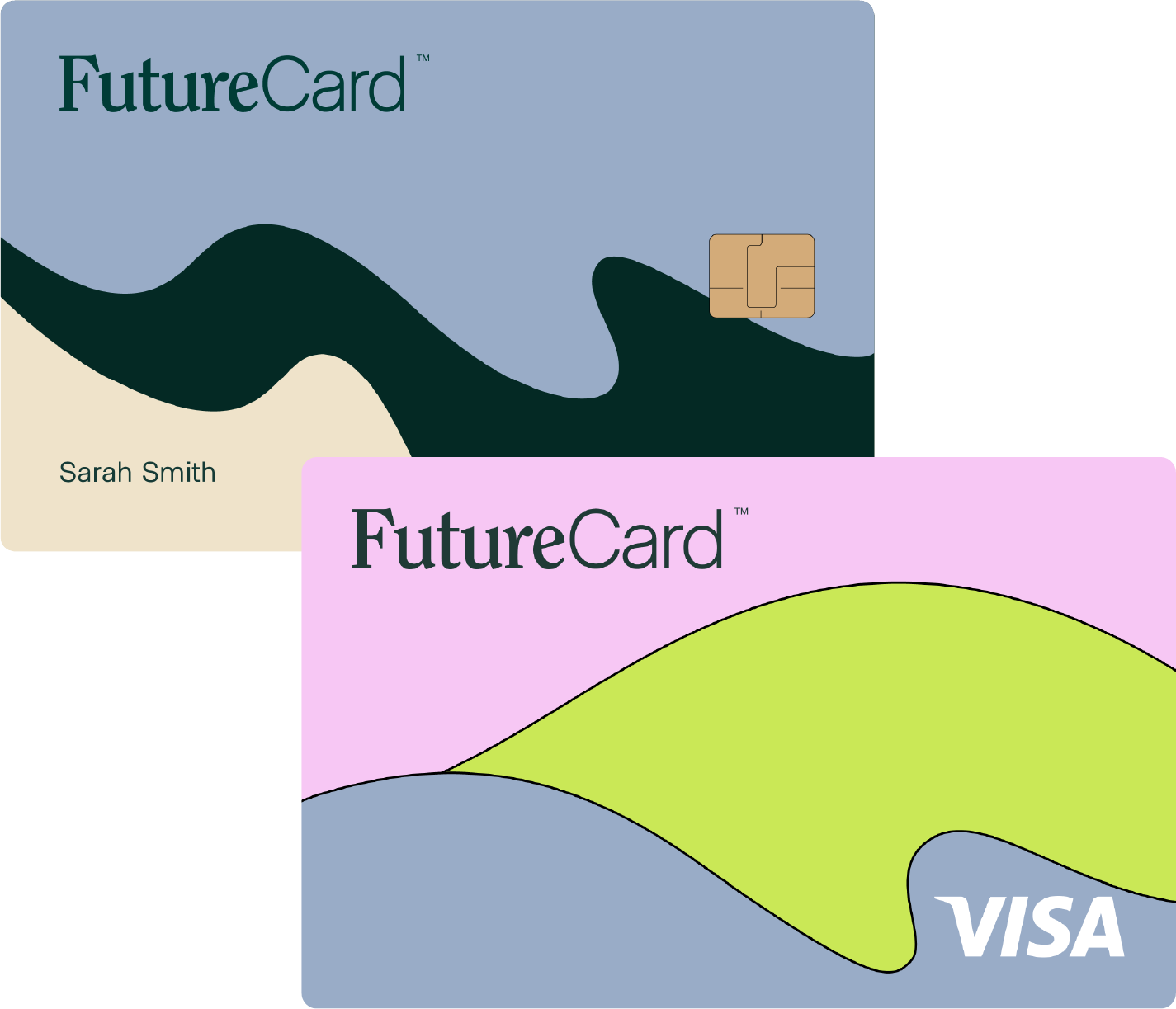
Since FutureCard is a rewards card rather than a credit card, all a customer has to do is link it to their bank account: signing up does not involve a credit check, purchases do not affect credit scores, and no interest or fees are charged.
This allows everyone to get involved in the effort for a healthier planet since everyone is affected by the climate. The company even brought on Visa as its partner, allowing the card to be used anywhere that accepts that payment method. Visa CEO Douglas Sabo reflected that his company “applauds innovative offerings, such as FutureCard, that will support consumers on their journeys to make sustainable behavior changes and reward climate smart choices.”
Using the FutureCard delivers instant cashback to the user, with no limit on the ability to rack up rewards: 1 percent for regular spending; 5 percent in FutureGreen rewards for smart climate spending, which is currently available at more than 50,000 companies nationwide; and, 6 percent for all spending at a certified FuturePartner, which are “game-changers in simplifying climate-smart living.”
Future defines climate-smart spending as purchases with a “significantly lower carbon footprint than the most common alternative.” So, climate-smart spending is defined by the carbon footprint of the goods purchased: a purchase at Levi’s or lululemon would only generate 1 percent cashback, but a purchase at their circular affiliates – Levi’s SecondHand or lululemon Like New – would automatically generate 5 percent. That 5 percent cashback could also come from a company that has not yet been added to Future’s database, which just requires the customer to inform Future and get the cashback applied after the fact. This more extensive process is currently used to get cashback for plant-based foods; an algorithm applies the cashback by locating the applicable product on a scanned receipt.

The list of 50,000 FutureGreen companies where climate-smart spending could occur was developed by several organizations: Arizona State University’s Global Institute of Sustainability and Innovation, Columbia University’s Climate School, and Oxford University’s Martin School. As CEO and co-founder Jean-Louis Warnholz explained to Fast Company, “[w]e looked at brands where the commitment starts with them as opposed to buying relatively cheap offsets.”
Currently, the list of companies in the FutureGreen program spans several categories: circular fashion, like Patagonia Worn Wear; used clothing and furniture, like Rent the Runway; electric vehicle charging, like Chargepoint; electric scooters, like Lime; public transportation, including trains, subways, and buses; and bike shops, like Trek. Plus, Future expects to add other types of companies to its database, including those in the renewable energy and agriculture sectors.
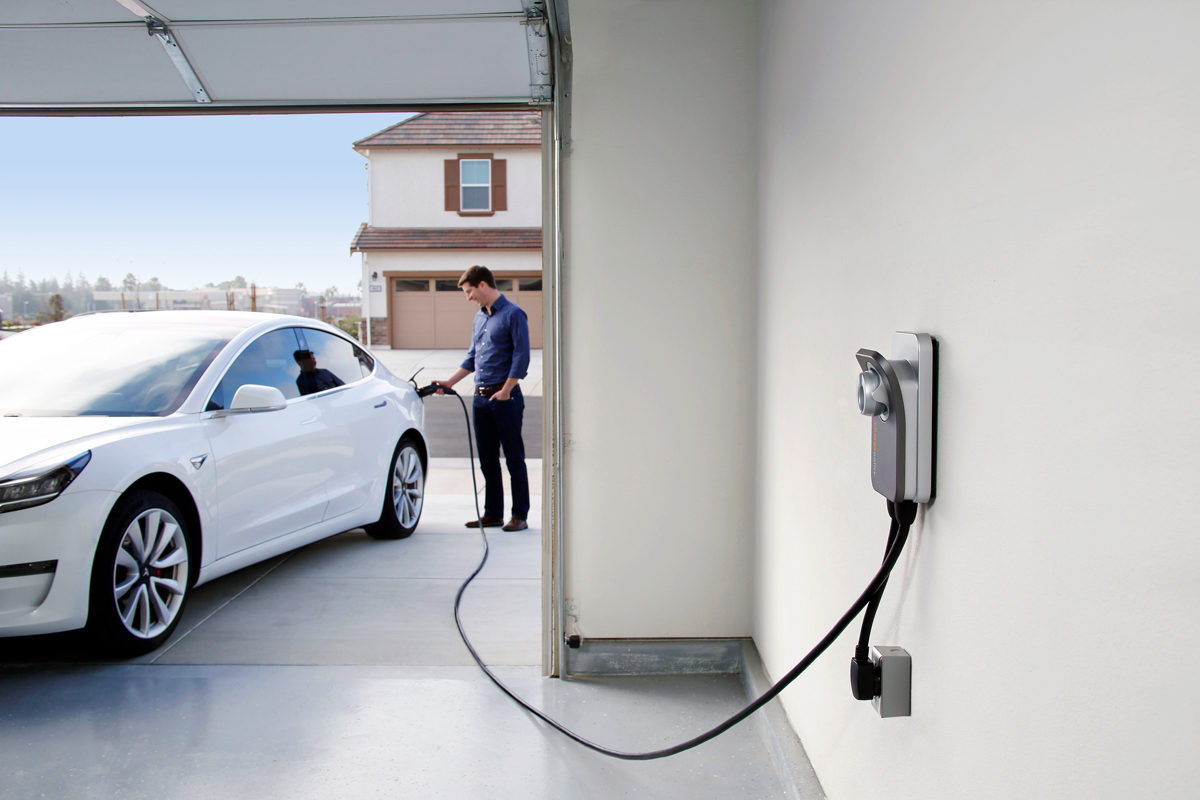
FuturePartners operate on a whole other level of climate-friendliness. One of the newer additions as of February, Rad Power Bikes, is a direct-to-consumer producer of e-bikes with more than 450,000 riders worldwide and plans to build “hundreds going on thousands of physical locations to complement the e-commerce experience,” as CEO Mike Radenbaugh explained to Fast Company.
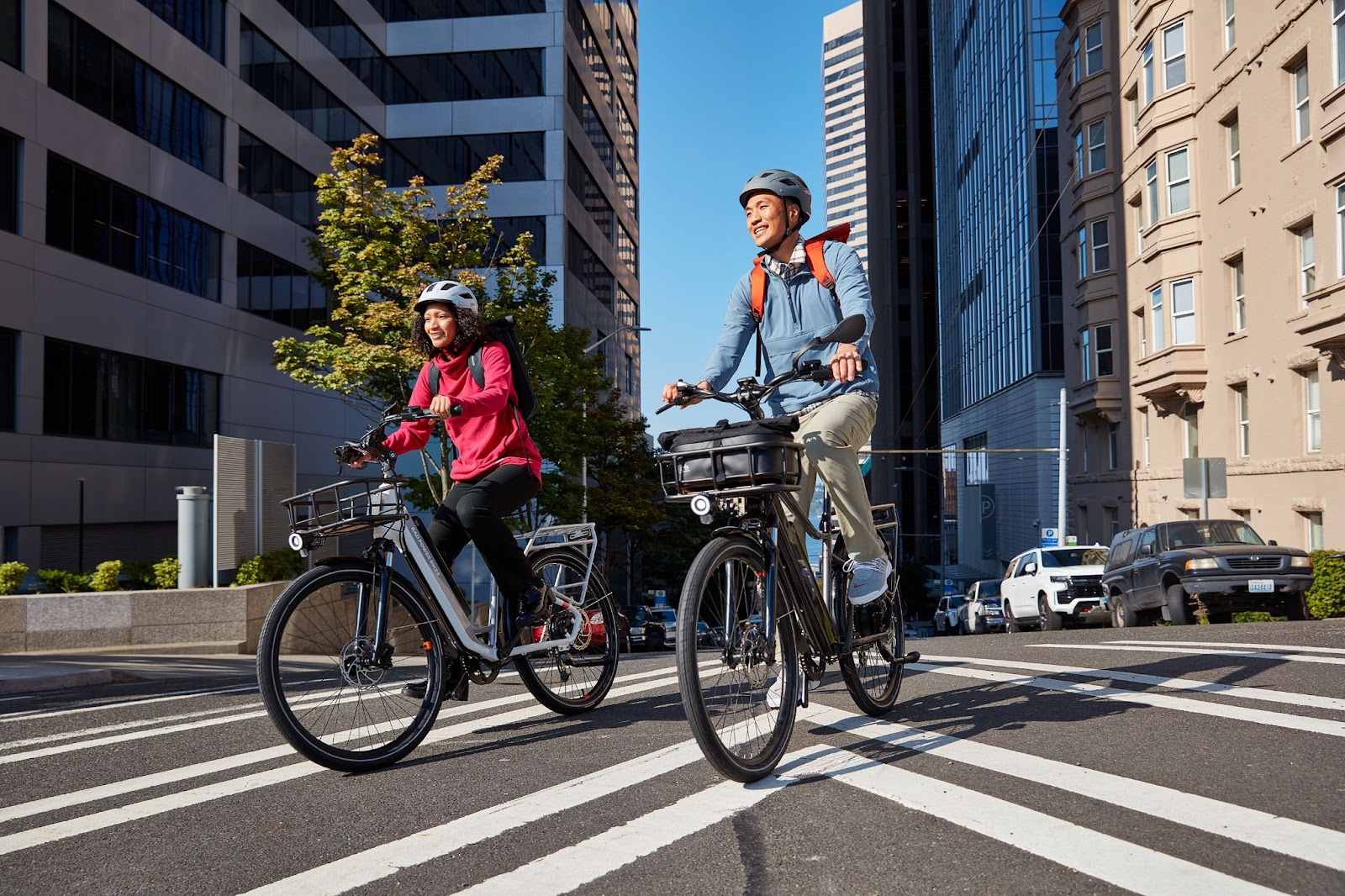
Future also offers customers a free FutureScore, accessible via an app, to calculate how they are affecting the climate and highlight the choices they can make to reduce their carbon footprint. Plus, a high enough score could lead to further discounts or prizes. All in all, Future is empowering consumers to create the best future possible.
Check out the episode of the Consensus in Conversation podcast featuring Jean-Louis Warnholz of Future.


